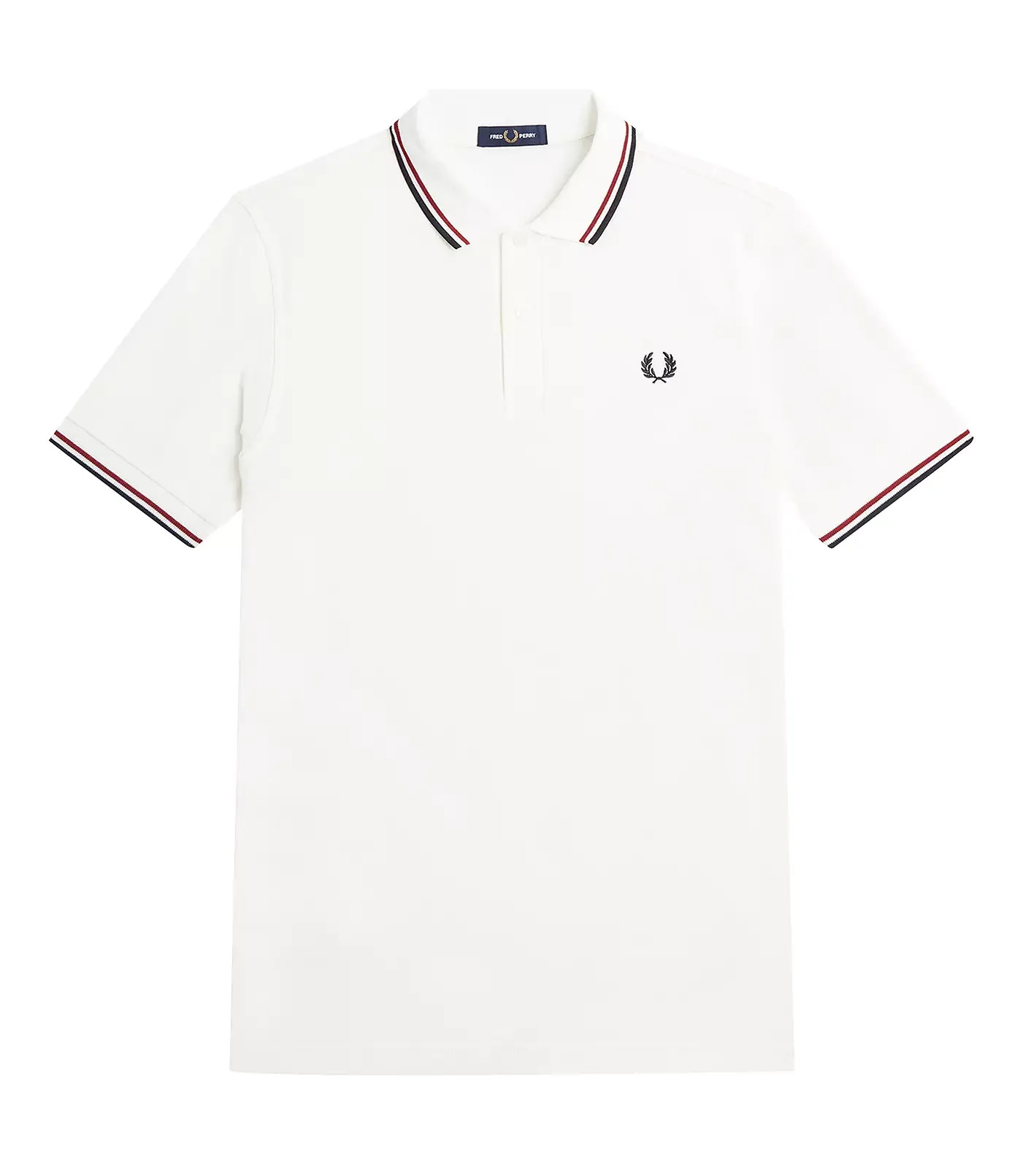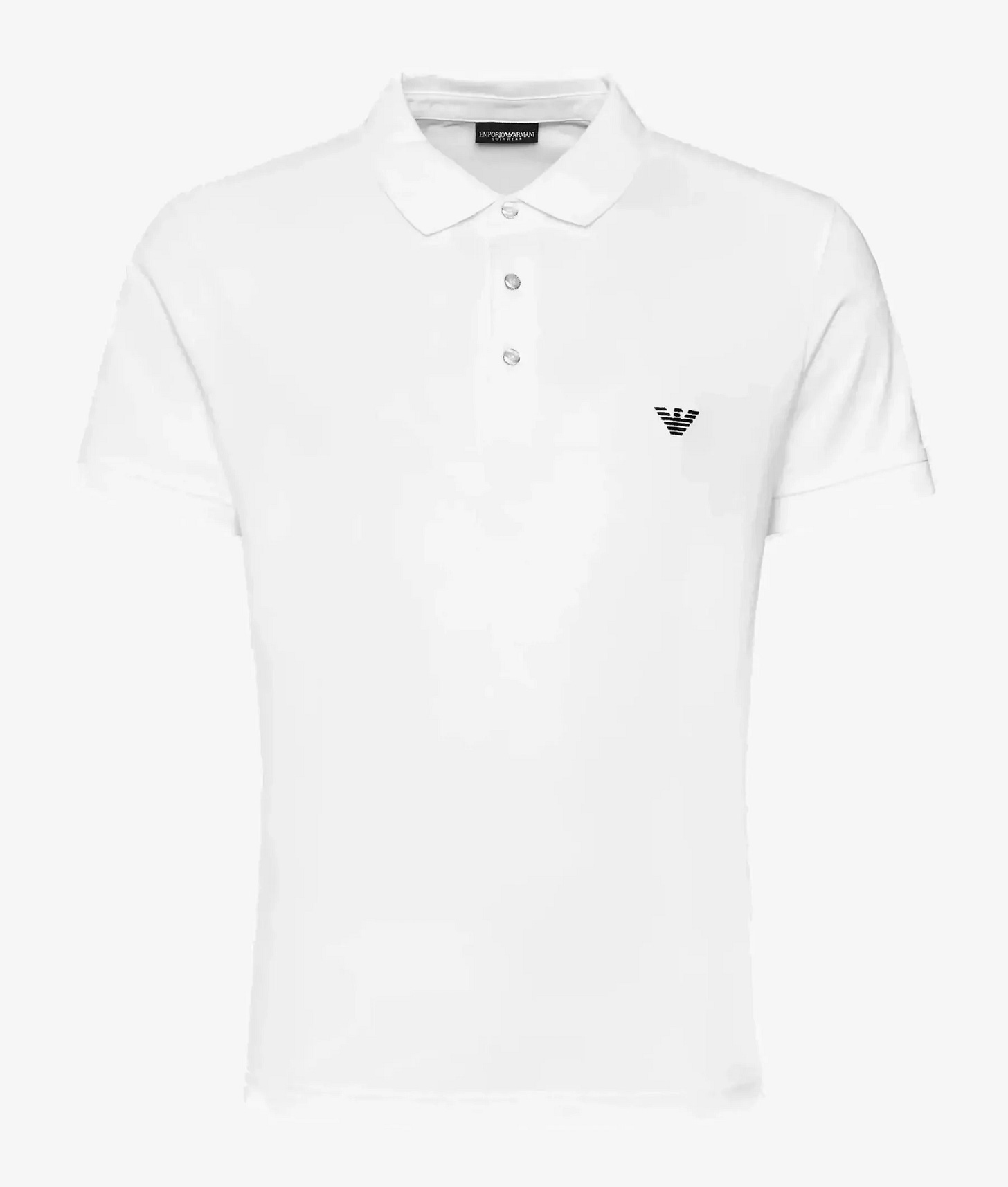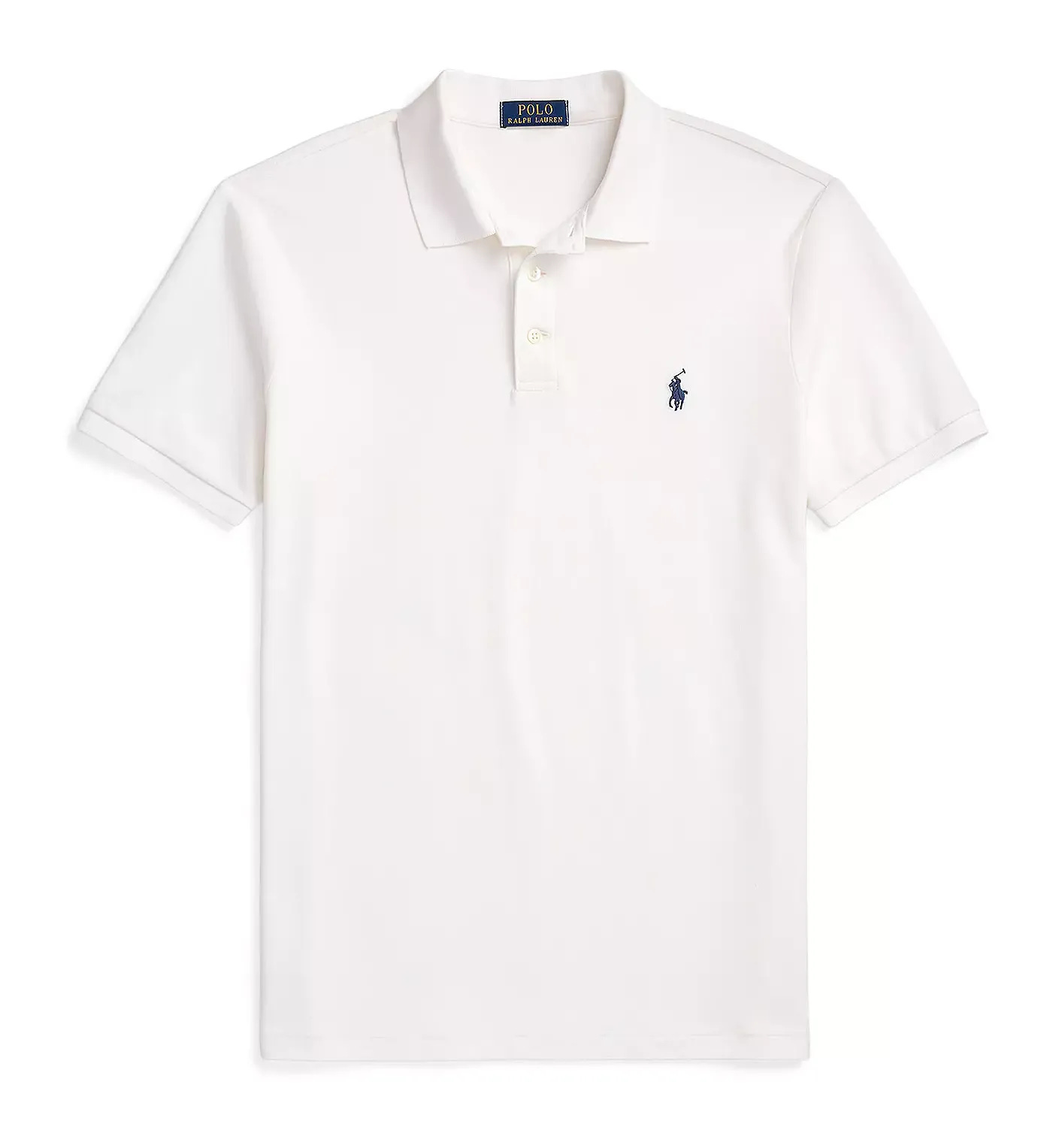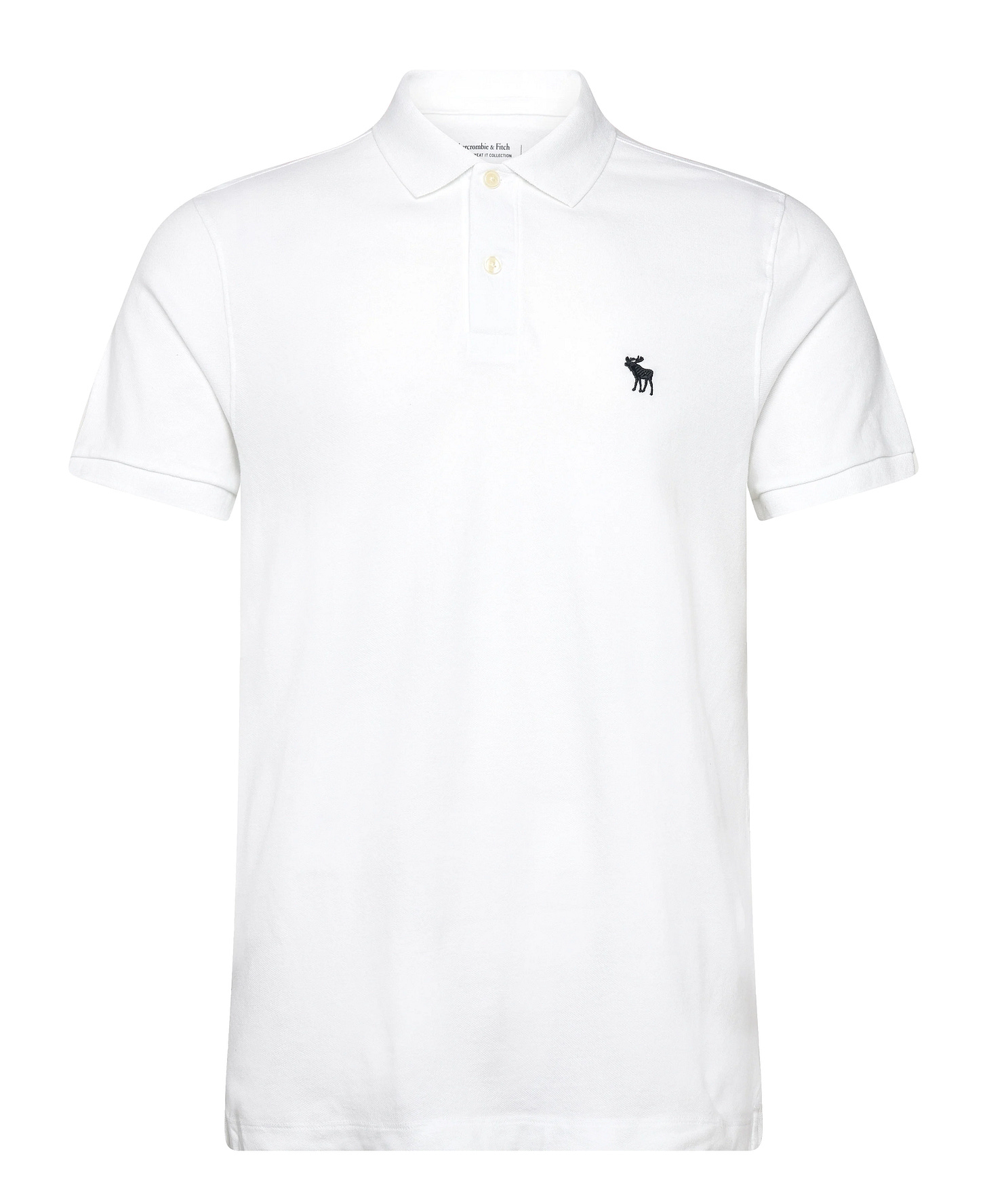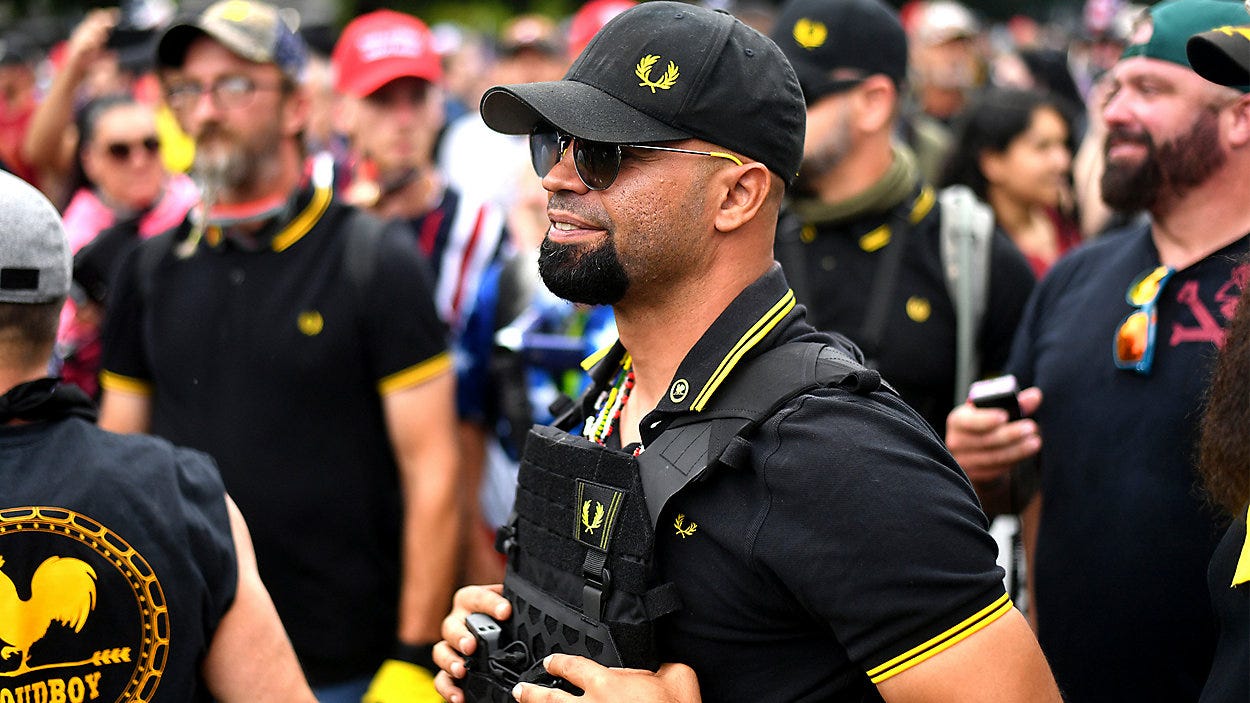Nearly 200 people – from students to CEOs in 12+ countries – joined us for the first round of Autonomous Strategy (our new workshop on how to approach strategy and knowledge at the dawn of AGI). The next round starts in April, more information and link to waitlist here. Paid subscribers get a discount on the workshop. We would love to see you there!
And one more note: this brand analysis has some theoretical overlap with our recent essay THE TREND IS WHAT’S NOT THERE and our concept of Transgressive Nostalgia, now unlocked. Check it out here.
In 2005, Martti visited the shop in Helsinki where he bought his cool clothes. The proprietor was busy trying to to hawk their new Fred Perry stock. Even then, Martti knew Fred Perry meant something, and that the brand’s famous laurel wreath was charged with meaning, but didn’t know exactly what it meant.
The guy’s selling point was simple: “what’s cooler than Fred Perry?”
This left Martti scratching his head for the next 20 years. Is Fred Perry cool? He never could figure out exactly what it would mean for someone like him to wear it. In the field of branded polos, Fred Perry had a particularly ambiguous (and embattled) significance.
The other classics were easier to understand. Lacoste, for example, is a “cultural symbol” - it represents “the” polo shirt, the platonic ideal, like a Zippo lighter or Levis 501s. (By the way, ”cultural symbol” is a reference to our very first client project at Nemesis, an interpretation of the significance of the Rimowa suitcase in the wake of the company’s acquisition by LVMH. We recommended that they double down on the otaku design obsessive details that made the family-owned company so iconic. They did the exact opposite and made a great deal of money.)
An Emporio Armani polo, by contrast, is much more mediocre–diffusion-line-Euro-trash but one could imagine wearing it ironically. This was especially true in the Janus era, where we were all really into wearing brands ironically.
Then there’s the uber-classic Polo Ralph Lauren, which had an association with both Americana and hip hop that felt inauthentic to wear as a European. Martti felt he didn’t have a claim on the heritage it telegraphed.
Rounding out this group of polos is Abercrombie and Fitch, which came to Europe too late to be a contender, but now has somewhat revitalized itself (and has a remarkable story as a stock). By the way, if you have not read the Zizek Abercrombie catalogue, check it out here in our Autonomous Strategy References are.na channel – it’s very interesting.
Through the many twists and turns of cultural semiotics over the last several decades, Fred Perry has does something remarkable – maintained an extraordinary, even lethal, hypertrophy of authenticity as a brand. To put it another way: when brands melt into slop, they become algorithmic approximations of something real. But what happens when a brand becomes too real – when its symbols acquire such density of meaning that they collapse under their own gravitational weight? Fred Perry presents us with exactly this question: a basic polo shirt that has become one of the most politically overdetermined garments in modern fashion.
TERMINALLY AUTHENTIC
Fred Perry has ended up in a place one could call terminal authenticity, the point at which a brand accumulates so many authentic claims to cultural ownership that it begins to split apart at the seams. The laurel wreath logo, originally a simple nod to Perry's tennis achievements, has evolved into a sign that contains its own destruction; an omega symbol.
Consider the progression:
1952: Launch as premium tennis wear
1960s: Mod adoption as aspirational clothing
1970s: Skinhead appropriation as working-class uniform
1980s: Casual culture adoption (also Skinhead left vs right faction split)
Mid 1990s, Blur takes it on and revives the brand
2000s: The Streets, The Rakes, Pete Doherty, the Arctic Monkeys, and Gwen Stefani of No Doubt begin to wear Fred Perry. Singer Amy Winehouse approaches her capsule collection: “She was a massive Perryhead. We spoke to her management years ago about doing a collaboration through her stylist... When we met Amy, it was quite difficult to get her past purist Fred Perry products. She’d say, 'It's so perfect, how am I going to move it on?’” (”Fashion or Fascist?”, The Guardian)
Later 2000s: Streetwear integration
2020s: Far-right co-option and subsequent crisis (Proudboys begin to wear Fred Perry well, proudly and the Proudboy logo uses the brand iconography)
“In 2019, Fred Perry announced that they would stop selling their yellow and black shirts in the United States. In September 2020, the retailer announced that it will not sell them in the United States until association with Proud Boys has ended. There is little sign of the actions by the Fred Perry company having any impact on the Proud Boys association with the brand – the Proud Boys logo is the iconic Fred Perry laurel with 'PB', and Proud Boys members continue to wear Fred Perry yellow and black polos.” (CBC) (Additional source: “These brands want nothing to do with white supremacists,” BBC)
In 1995, Fred Perry was bought by Japanese company Hit Union; to this day, some Fred Perry products are still made in Leicester, United Kingdom, where the original Fred Perry shirt was first manufactured. Fred Perry produces what should be a well-made but fundamentally simple polo shirt. Yet the garment has become something else entirely: a battlefield for competing authentic claims to cultural capital. Each layer of coding doesn't replace the previous but adds to the symbolic density. To an outside observer the brand now operates as a kind of cultural palimpsest, where each new inscription partially obscures but never fully erases what came before.
The key conflict here isn't between authenticity and inauthenticity – it's between multiple, equally valid claims to authenticity. Fred Perry is so authentic to so many groups that it’s losing its ability to authenticate anything.
LAUREL WREATH → OMEGA SYMBOL
Keep reading with a 7-day free trial
Subscribe to Nemesis Memos to keep reading this post and get 7 days of free access to the full post archives.






